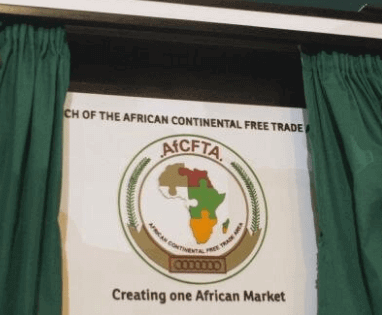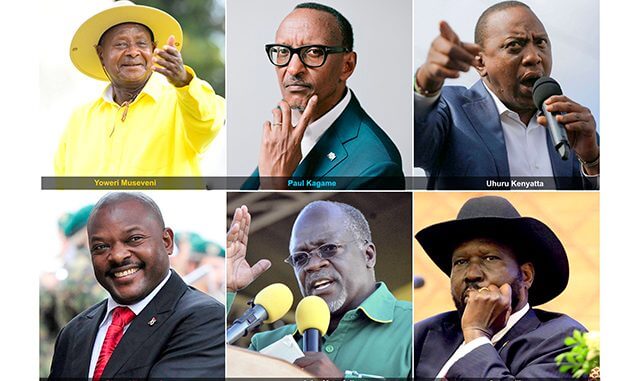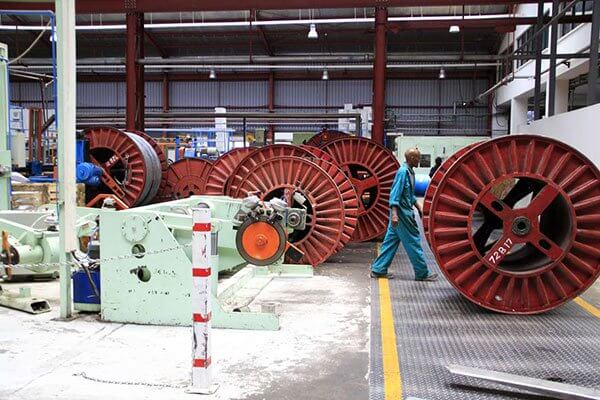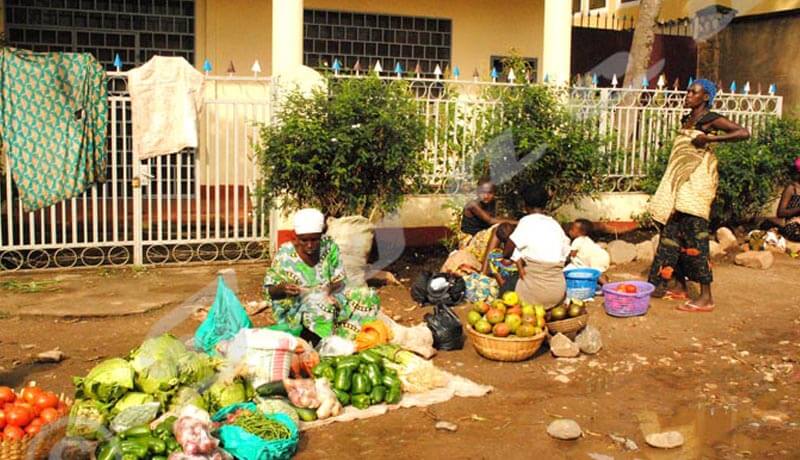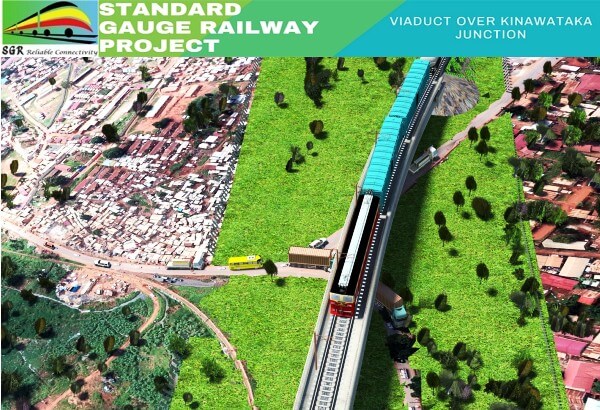““Our Mission is to promote, assist and enhance economic and business development for all our members at both National and County level so as to stimulate wealth at all levels of governments right from the communities they represent,” she reckons. The two-day program was initiated by the High Commissioner of Uganda to Kenya Phoebe Otaala ,under the theme “Unlocking business women’s potential in the region”. The delegation further paid a courtesy call on Uganda President Yoweri Museveni to sought his guidance and intervention on various challenges facing businesses along the Kenya Uganda border. WIB acknowledges that the existing structures such as border offices and market stalls are often dilapidated, whilst toilets, lighting, and fencing are typically absent. In addition, high customs duties, complex clearance procedures, cumbersome documentary requirements (often featuring centralized permit and licensing systems), along with unpredictable trade policies all contribute to raising trade costs. “We shall strive to blend all women professionals in the Women in Business to find the synergy required to empower and create an expanded economic atmosphere and market for all-inclusive business development,” Muthoni says. The business lobby group has voiced its support or contents of the Building Bridges Initiative Report. Through its President Muthoni, the group supports the recommendations to allow the youth to least have a seven year tax holiday as an initiative to help them in business entrepreneurship. She stated the tax holiday would encourage both women and youth to engage in business. Muthoni further termed the tax holiday proposal as crucial...
WIB wants cross border trade between Kenya & Uganda streamlined
Posted on: January 14, 2020
Posted on: January 14, 2020



